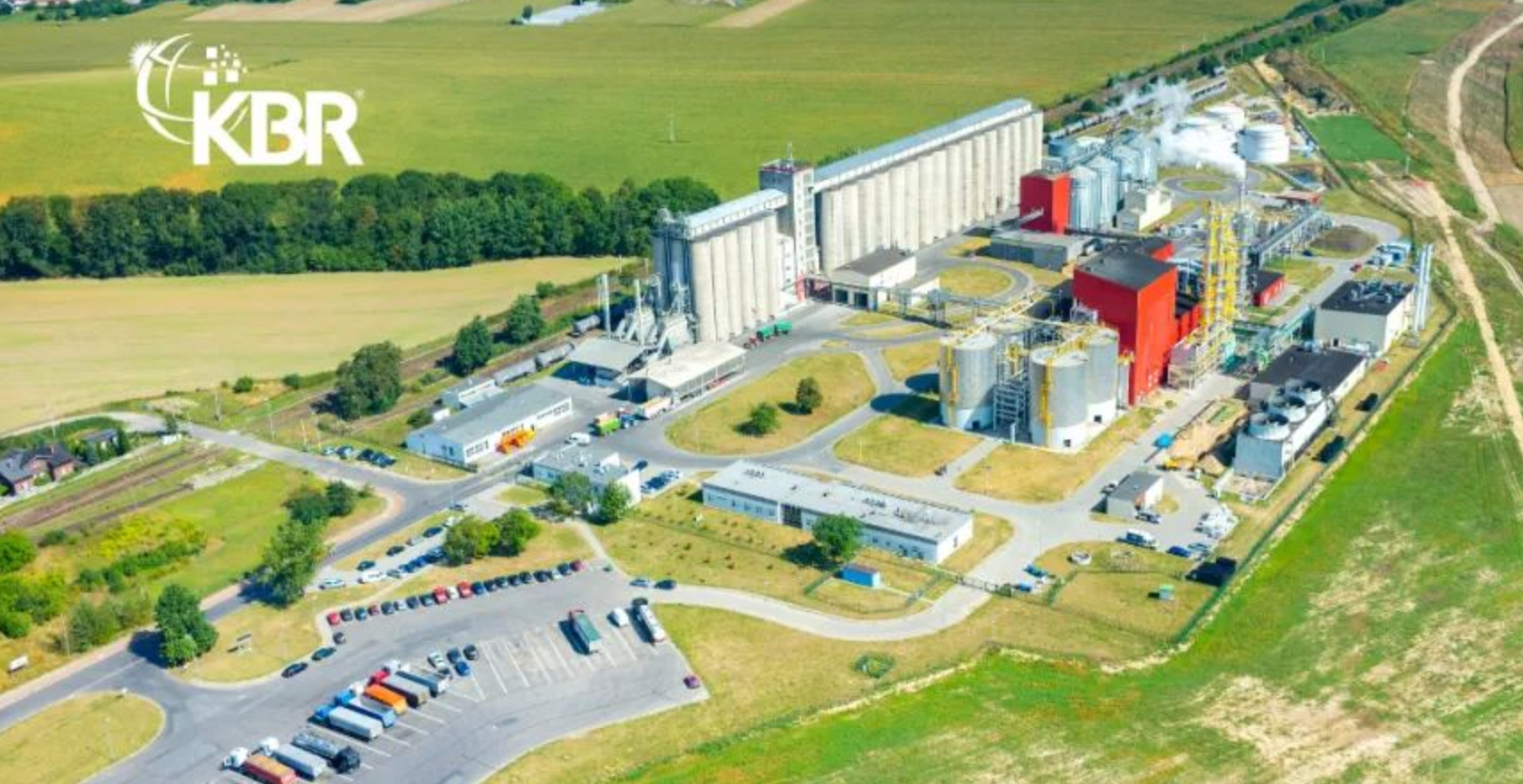KBR to Make the World's First Commercial-used H2-Production Device Through Ammonia Cracking
From:
Zhonglin International Group Date:10-25 1318 Belong to:Industry Related

On September 18th, KBR, an American engineering company, announced that it had obtained a technology license and process design contract from Hanwha Impact to use its leading H2ACT ℠ technology for Hanwha Impact's world's first commercial ammonia cracking hydrogen production unit located in Dashan, South Korea. The design goal of this device is to produce over 200 tons of clean hydrogen gas per day that can be used as fuel for a planned power plant in Dashan, which will pioneer the large-scale utilization of sustainable hydrogen gas. According to the contract terms, KBR will provide technical licenses and proprietary process designs for the device.
KBR's ammonia cracking technology has the following characteristics:
1. Catalysts: Collaborate with world leading catalyst suppliers to provide catalysts that can meet specific needs.
2. Process plan: Provide a fully functional and optimized process plan tailored to meet specific customer requirements for product purity, delivery conditions, and other important attributes.
3. Reactor design: Adopting the proven KBR reactor design, it has been successfully operated in similar services for decades.
4. Scale: Provide standard design for medium (300-1000 MTPD), large (1000-3000 MTPD), and ultra large (above 3000 MTPD) devices. All production capacities mentioned here are calculated using ammonia as the raw material.
5. Operating conditions: Optimize the operating pressure according to the requirements of product purification and conveying conditions. In order to achieve high hydrogen yield and maximum energy efficiency, we also optimized the selection of catalysts and operating temperatures.
6. Energy consumption: The designed ammonia cracking unit can achieve minimal power input (or achieve energy self-sufficiency as much as possible).
KBR's ammonia cracking technology has the following advantages:
1. Simple process design to minimize investment.
2. KBR's proprietary technology and rich experience in synthetic ammonia production can meet the needs of ammonia cracking.
3. Optimized product yield and maximum energy efficiency.
The Kellogg Brown Luther (KBR) Group was formed in March 2002 after the business restructuring of major energy and oil service giant Halliburton Group in the United States. KBR mainly serves the construction, design, consulting, and service businesses of petrochemical industry facilities, with rich experience and leading position in the hydrogen energy field. It has participated in numerous hydrogen related projects worldwide, including BP's hydrogen project portfolio, Chemours' $200 million expansion plan, and Avina Clean hydrogen's daily production of 2200 tons of green ammonia project. The successful implementation of these projects, including the technology license and process design contract obtained, has pioneered the large-scale utilization of sustainable hydrogen, fully demonstrating KBR's professional ability and leading position in the field of ammonia cracking hydrogen production.



